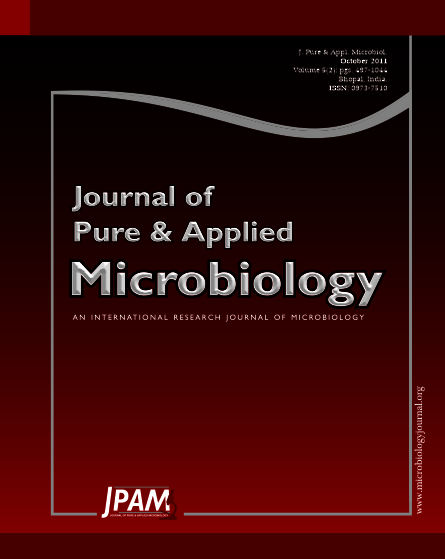Imipenem resistant Metallo –Beta-lactamase producing Pseudomonas aeruginosa (IR-MBLP-PA) is an emerging threat causing burns wound infections with increased mortality and morbidity and with a potential to spread rapidly resulting in outbreaks and epidemics. Very limited data is available after review of literature on detection of IR-MBLP-PA from burns wound infections, environmental sources, their role as source and/or reservoir of nosocomial infections and impact of strict infection control measures on incidence of IR-MBLP-PA infections from burn care centers. Present study was conducted to detect IR-MBLP-PA from burns wound infections, different hospital environmental sources, their antibiogram typing, to assess the role of environmental source and /or reservoir on nosocomial infections and study the impact of Infection control measures on environmental sources of IR-MBLP-PA. During two years study period, 226 clinical and 62 environmental and 20 hand specimens of health care workers, collected and processed by standard laboratory procedures. IR-MBLP-PA detection was done by IMIPENEM+EDTA combined disc test. Antibiogram typing done. Association with clinical cases done by isolation of strain with identical antibiogram type of IR-MBLP-PA isolate from environmental source and clinical case. Impact of Infection control measures were assessed by percentage reduction in incidence of IR-MBLP-PA isolates from respective environmental sources. Study reported an overall incidence of 10.2%(23/226) for IR-MBLP-PA with 16.4% and 6.9% for IR-MBLP-PA before and after infection control measures respectively. Incidence of 34.78% from environmental sources and 10% (2/20) hands of HCWs was observed. Six of the eight IR-MBLP-PA antibiogram types from environmental sources and patients could be associated with 23 burns wound infections with two strains with no association. Strain 1 (Resistant to all antibiotics used) was most common strain (26.08%) associated with seven burns wound infections during the study period. Infection control measures reduced the incidence of P. aeruginosa among patients but was not successful in eradicating this organism from various environmental sources. With a high incidence of IR-MBLP-PA (10.2%), present study underscores the role of environmental source in burn care centre (sinks, suction apparatus , water of hydrotherapy tanks and mask of AMBU bags) as a source/or reservoir of infections by temporospatial association and by antibiogram typing. Although met with partial success, implementation of CDC recommended infection control measures resulted in decreased incidence of IR-MBLP-PA burns wound infections necessitating periodic environmental sampling for their detection. Aprons and gowns of health care workers, curtains, beddings and linen were not found to be important source/or reservoirs of IR-MBLP-PA. Resistance profile of predominant IR-MBLP-PA isolates helps in choosing initial empirical antibiotic therapy.
Pseudomonas aeruginosa, Burns wound infections, Environmental sources, Infection control measures
© The Author(s) 2011. Open Access. This article is distributed under the terms of the Creative Commons Attribution 4.0 International License which permits unrestricted use, sharing, distribution, and reproduction in any medium, provided you give appropriate credit to the original author(s) and the source, provide a link to the Creative Commons license, and indicate if changes were made.


